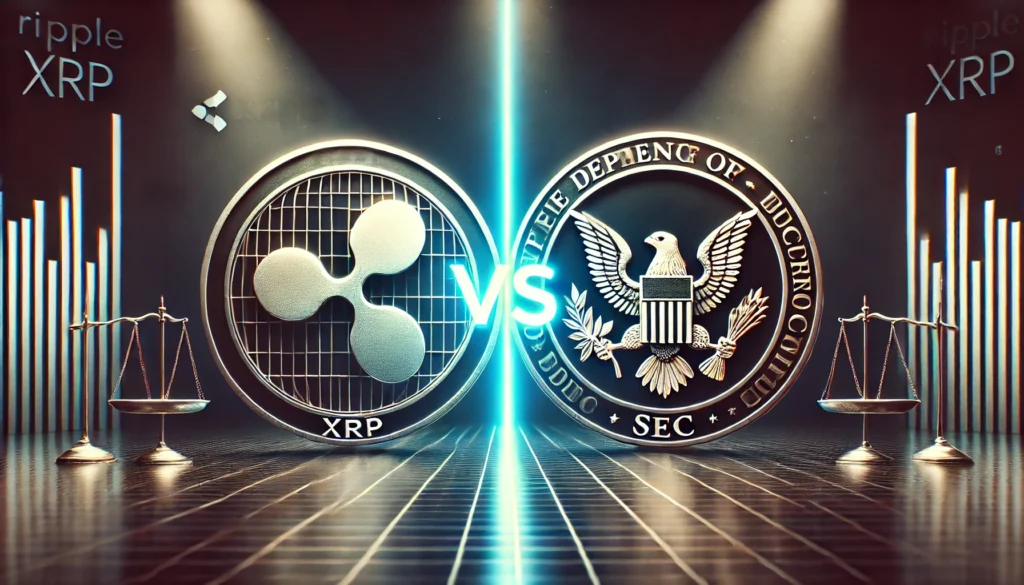European Central Bank Explores Blockchain-Based Payment System
👤Jay Robinson ⏲️February 21, 2025

In a press conference, the European Central Bank (ECB) announced that it is advancing plans to develop a blockchain-based payment system, signaling a major step toward modernizing Europe’s financial infrastructure.
This move aligns with the growing global interest in blockchain technology, which offers faster transactions, enhanced security, and reduced costs.
Why Blockchain? Key Benefits for Payments
Blockchain, the decentralized ledger technology behind cryptocurrencies like Bitcoin, has attracted attention for its potential to transform traditional financial systems.
Unlike conventional payment networks that rely on central intermediaries, blockchain allows transactions to be processed securely and transparently in real-time.
Adopting such a system for the ECB could streamline cross-border payments within the Eurozone, reducing reliance on slow and expensive intermediaries.
Linking Blockchain with the Digital Euro
The proposed blockchain-based payment system would complement the ECB’s ongoing work on the digital euro, a central bank digital currency (CBDC).
While the digital euro focuses on providing the public with a digital form of central bank money, the blockchain payment system aims to improve backend settlement processes for financial institutions.
Together, these initiatives could position the Eurozone at the forefront of digital finance innovation.
Advantages of a Blockchain-Based Payment System
One key advantage of blockchain technology is its ability to enable instant settlement of transactions.
This could significantly improve the efficiency of financial markets by reducing settlement times from days to seconds.
Moreover, blockchain’s robust encryption methods enhance the security of transactions, potentially lowering the risk of fraud and cyberattacks.
Challenges and Considerations For Implementation
However, there are challenges to address. The ECB must ensure that any blockchain solution complies with existing regulations concerning privacy and anti-money laundering (AML) standards. Additionally, questions remain about how scalable blockchain networks are for handling the high volume of transactions processed by the ECB daily.
A Step Toward Europe’s Digital Future
As global competition intensifies in digital finance, particularly from private stablecoins and CBDCs from other major economies, the Eurozone’s adoption of blockchain-based payment systems could strengthen the euro’s position internationally.
The ECB’s move toward a blockchain-based payment system represents a forward-looking approach to modernizing Europe’s financial landscape.
Also read: Tokenization of Real-World Assets.
About Author









